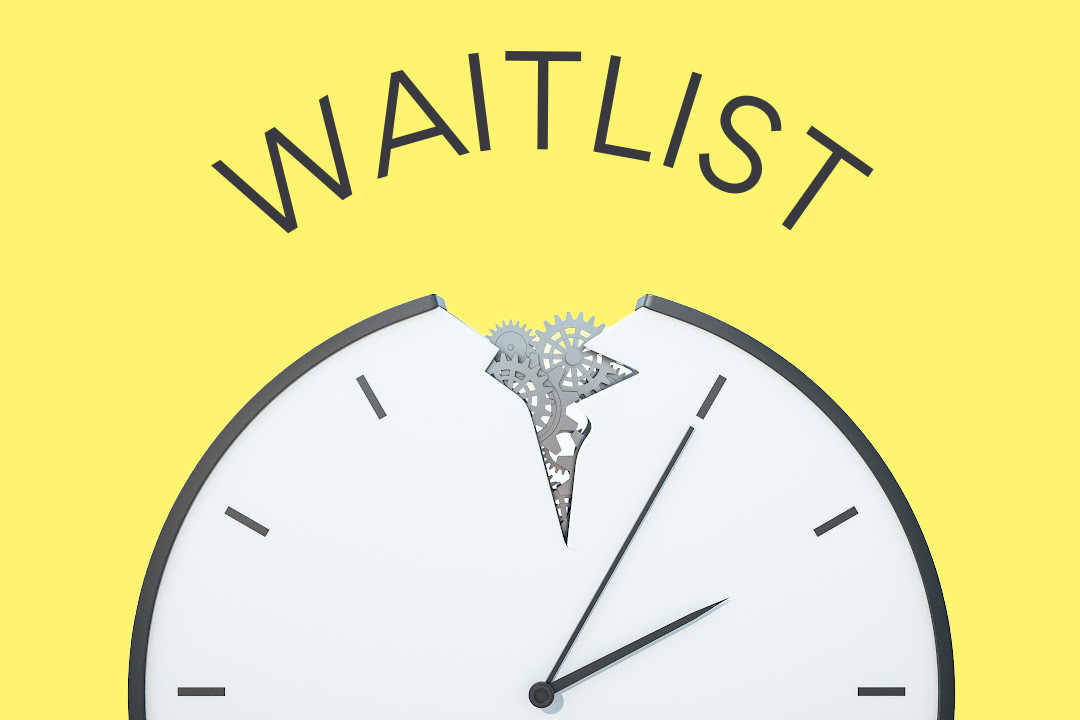Decisions, Decisions, Decisions…and Waitlists
03/25/2024

With all the recent college decisions and more to come in the next week, it’s natural and appropriate to hope for good news. We also like to remind our students to be prepared for some disappointment as almost every student gets a denial letter in this highly competitive college admissions process; this year is proving more competitive than ever as almost every college in the country was still test optional (or even test free) which encouraged more students to apply. Not only are more selective colleges inundated with applications, but even less selective colleges are using AI algorithms to parse through their applicant pools to predict which students are most likely to enroll if accepted. As a result, we are seeing some highly qualified students denied and waitlisted at colleges where they are above-profile.
Given the extraordinarily high number of applications at the more selective colleges this year, those colleges are finding it difficult to project their yield (the percentage of accepted students who agree to enroll) and many have therefore created lengthy waitlists. We also believe that between the increased number of applications and financial aid uncertainty driven by the delayed FAFSA, there will be a lot of waitlist activity well into the summer. Please see our waitlist advice below.
Once you have heard from all of your colleges, you should select one that has accepted you and accept their offer (and send a deposit if required) by their reply date. That reply date has traditionally been May 1st; some colleges are extending that date due to the delays in putting together financial aid awards. Take time to consider all your options; now it’s your choice; you get to decide where to go. You may also want to do more research and, if possible, visit some campuses again during April and speak with current students. Most colleges offer special visit days for accepted students, some virtual and some in-person; take advantage of those if you can.
Try to make your decision by mid-April so that you can send your tuition deposit (where required) to reserve your place well before the deadline. You may not deposit at more than one college.
We also encourage you to advise your runner-up colleges that you have decided to go elsewhere. Colleges will appreciate this information and your thoughtfulness might help future applicants from your high school.
Waitlists:
As more students apply to more colleges, it becomes increasingly difficult for colleges to predict their yield. In recent years, many colleges have placed more students on their waitlist, in some cases 25% or more of applicants, which they can go to if they need more students to fill their class. Once a college has a chance to review their deposits (as May 1 approaches), they can start thinking about whether they will have beds to fill and what types of students they will want to shape the class to meet all their institutional priorities. (Do they have the balance they want between genders, majors, geographies, extracurricular interests, etc?) Historically, the number of students who are accepted from the waitlist varies from year to year and from college to college but usually it is a small percentage of students who opted to stay on the waitlist; in some years it might be none. The good news is that, while wait list offers are certainly not guarantees, they do indicate that the college likes you and might accept you if they have room and you can fill the gaps in their class.
If a college that is high on your list offers you a place on their waitlist, reply immediately as colleges have been known to admit candidates from waitlists in direct relation to the order replies come in. It is a good idea to include a note expressing your continued strong interest in the college; if it is your first choice, say so (and be sure your school counselor is aware so they can confirm that should the college contact them). In addition, should you have new information worth submitting to update your profile – a new set of strong grades, another teacher recommendation, etc., be sure to mention that in your note or ask your school counselor to pass the information on to the colleges. Avoid sending excessive new information/recommendations or sending multiple emails to colleges to make your case; that can be counterproductive.
If you are placed on more than one waitlist, rank them in order of preference. You may be contacted and asked for an immediate decision. If you do not want to remain on a particular waitlist, notify that college as soon as possible as it could reduce the waiting period for someone else.
It is important to realize that a waitlist means what it says, “You have to wait.” You should not expect to hear from colleges until the reply deadlines approach and wait lists can move well into the summer. If you are offered a spot and decide to accept it, notify the college where you initially deposited, as well as any other waitlist colleges, that you will be enrolling elsewhere. Remember that you may not deposit at more than one college at the same time.
Lastly, while we encourage you to accept a waitlist offer if it’s from a college high on your list, you need to be realistic about your chances. It’s best to be excited and assume you will be attending the college where you deposited since that is most likely where you will go.
We wish you the best of luck!
